-
-
-
黄八丈(きはちじょう
Kihachi)
きはちじょう
Kihachi
黄八丈
東京都
八丈島で受け継がれる植物染めの織物。
黄八丈とは
黄八丈は伊豆諸島の一つである八丈島で織られている、黄色、樺色、黒色の3色を基調とした草木染の絹織物です。
黄八丈の色と染料
染料は島内に自生している植物から作られ、輝くばかりの黄色は「コブナ草(八丈刈安)」、鳶色はマダミ(タブの木)、黒色は椎の木の樹皮から染め出します。最近では昔ながらの黄色の格子のほかに、現代の街並みや洋装の中でも引き立つ鳶色や黒色の色目も人気で多く織られています。

コブナ草(八丈刈安)で染めた黄色の黄八丈

マダミ(タブの木)で染めた鳶色の黄八丈

椎の木の樹皮で染めた黒色の黄八丈は黒八丈とも呼ばれます
黄八丈の歴史
黄八丈は伊豆諸島の一つ、八丈島で織られている織物です。その歴史は古く800年以前から納税品として収められておりました。 八丈島の名は「八丈織」から取られたとも伝えられています。代表的な黄色の格子模様は江戸時代庶民の間で大流行しました。東京生まれの黄八丈は1948年に東京都の無形文化財に指定されました。
黄八丈ならではの光沢感
生糸を用いて手織りで織られ、平織のほかに、独特の織り模様を作り出す綾織も特徴的な織り技法の一つです。 綾織は光を反射して美しい光沢を出すと共に、身体に添うしなやかさと長い使用に耐える強さを備えます。その綾織の数々は、「めかご」「まるまなこ」「市松織」「本高貴(ほんごうき)」「風通崩し(ふうつうくずし)」「足高貴(あしごうき)」と言われ、複雑なものになりますと今では数人の方しか織る事が出来ず、貴重なものとなっています。

綾織(あやおり)で織られたまるまなこ文様の黄八丈
黄八丈の帯や角帯

黄八丈は帯もお洒落です。女性用の八寸名古屋帯と男性用の角帯。
黄八丈のコーディネート例

左は染め名古屋帯、右は織り名古屋帯を合わせたコーディネート。黄八丈は織の着物なのでカジュアルなシーンで楽しんでいただけます。
Kihachi
Tokyo
Three colors; Yellow, Black, and brown, in all their glory.
Weaving and Dyeing passed down from generation to generation on Kihachi Island.
What is Kihachijo?
Kihachijo is one of many islands that makes up the Izu island chain just off the coast of Tokyo. On Kihachijo, three colors are famously used in dyeing for weaving; Yellow, Black, and Brown. All dyes used on the island are natural dyes, they are made from various plants and trees found on the islands. Yellow, is made from Kobuna-kusa, Brown, from the tabu tree,and black from the castanopsis tree.
Plaid and check like patterns were are traditional in Kihachi, though recently sipmler and more city like version are also extremely popular.
History of Kihachijo
It is said that the name of Hachijo island was taken from the name of the textile, Hachijo. On the island, bolts of fabric have been offered as tax payments as far back as 800 years ago. The typical yellow plaid pattern was very popular among the working class during the Edo period (1603-1868). The Tokyo-born Kihachijo was designated an intangible cultural asset by the Tokyo Metropolitan Government in 1948.
The unique luster of Kihachijo.
In addition to plain weave, the twill weave is also often used in Kihachi. Twill weave reflects light and produces a beautiful luster, while also being flexible and hardwearing. The various twill weaves are called "basketweave," "marumanako," "checkered," "hon-goki," "futsukuzushi," and "ashi-goki." Nowaradays weavers capable of weaving these more complicated patterns are far and few between, making these kimono extra special.
この産地の作品
This Origin’s
Products
Products
この産地の
作品が含まれる
コーディネート
Coordinates
with
This Origin's
Product
作品が含まれる
コーディネート Coordinates
with
This Origin's
Product
この産地
に関する
読みもの
The Latest Articles
About This Origin of Production
に関する
読みもの The Latest Articles
About This Origin of Production
この産地
に関する
催事
The Latest Events
About This Origin of Production
に関する
催事 The Latest Events
About This Origin of Production
この産地
に関する
お知らせ
The Latest News
About This Origin of Production
に関する
お知らせ The Latest News
About This Origin of Production
 名古屋帯
名古屋帯
 袋帯
袋帯
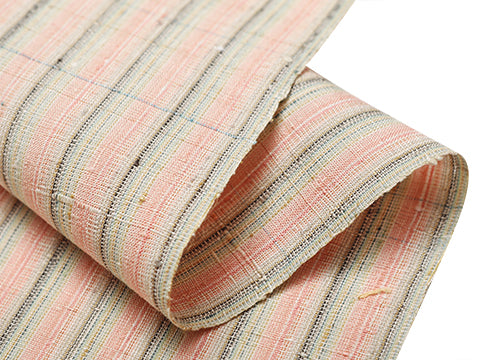 紬・綿・自然布
紬・綿・自然布
 小紋・江戸小紋
小紋・江戸小紋
 訪問着・付下げ・色無地ほか
訪問着・付下げ・色無地ほか
 浴衣・半巾帯
浴衣・半巾帯
 羽織・コート
羽織・コート
 肌着
肌着
 小物
小物
 履物
履物
 書籍
書籍
 長襦袢
長襦袢
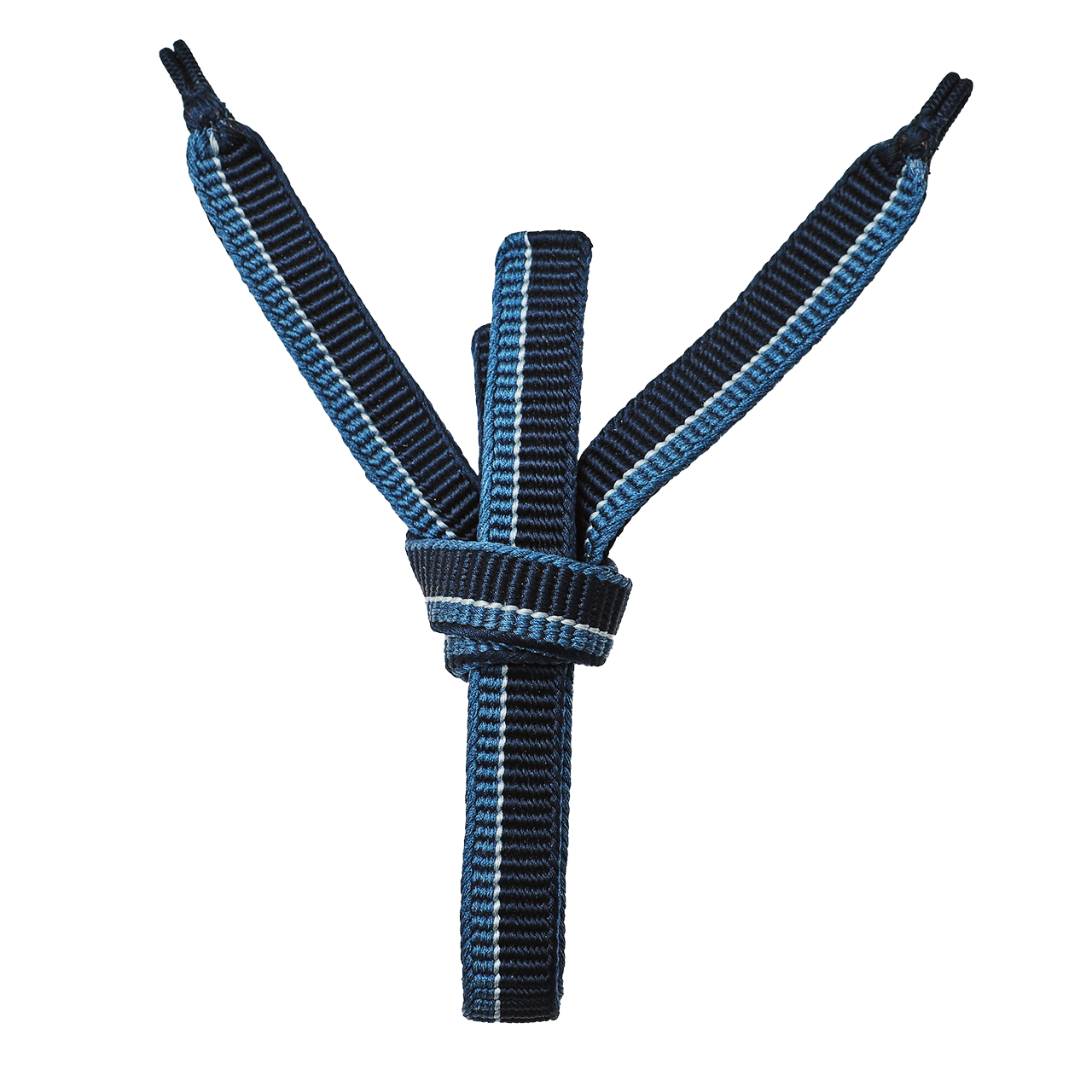 小物
小物
 帯
帯
 お召
お召
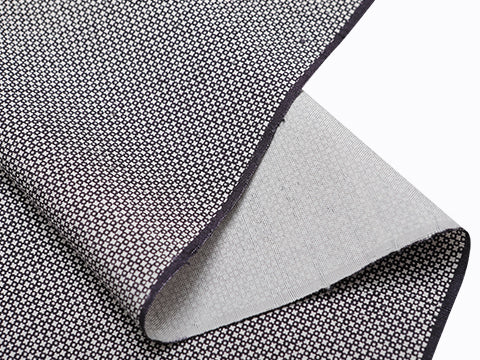 小紋・江戸小紋
小紋・江戸小紋
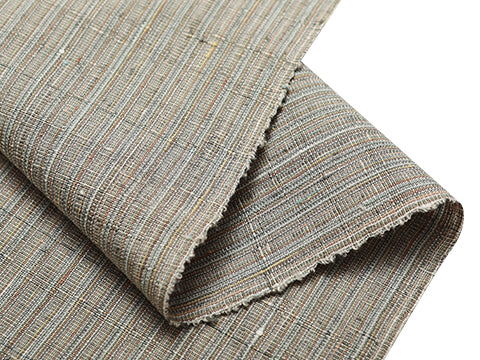 紬・綿・自然布
紬・綿・自然布
 袴
袴
 長襦袢
長襦袢
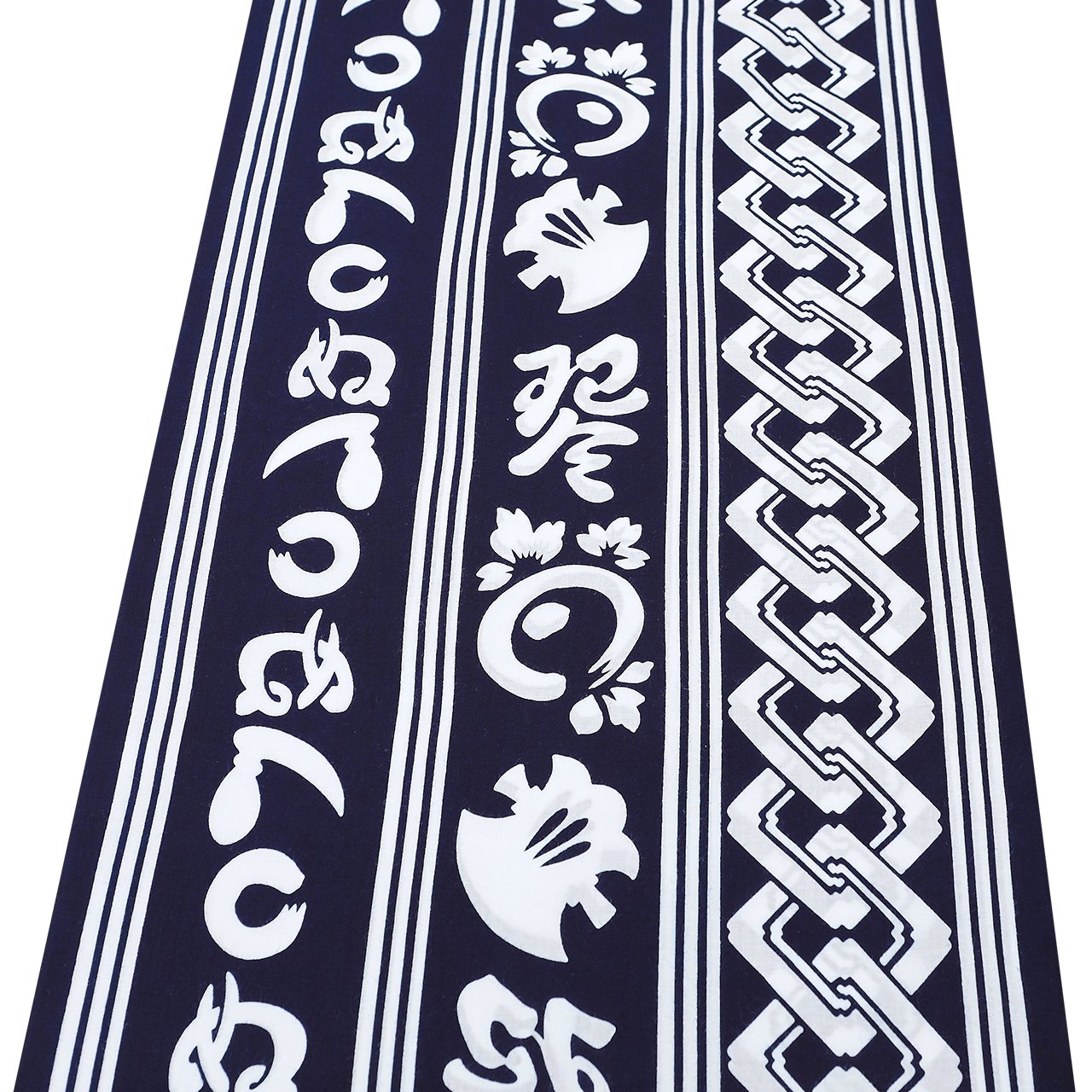 浴衣
浴衣
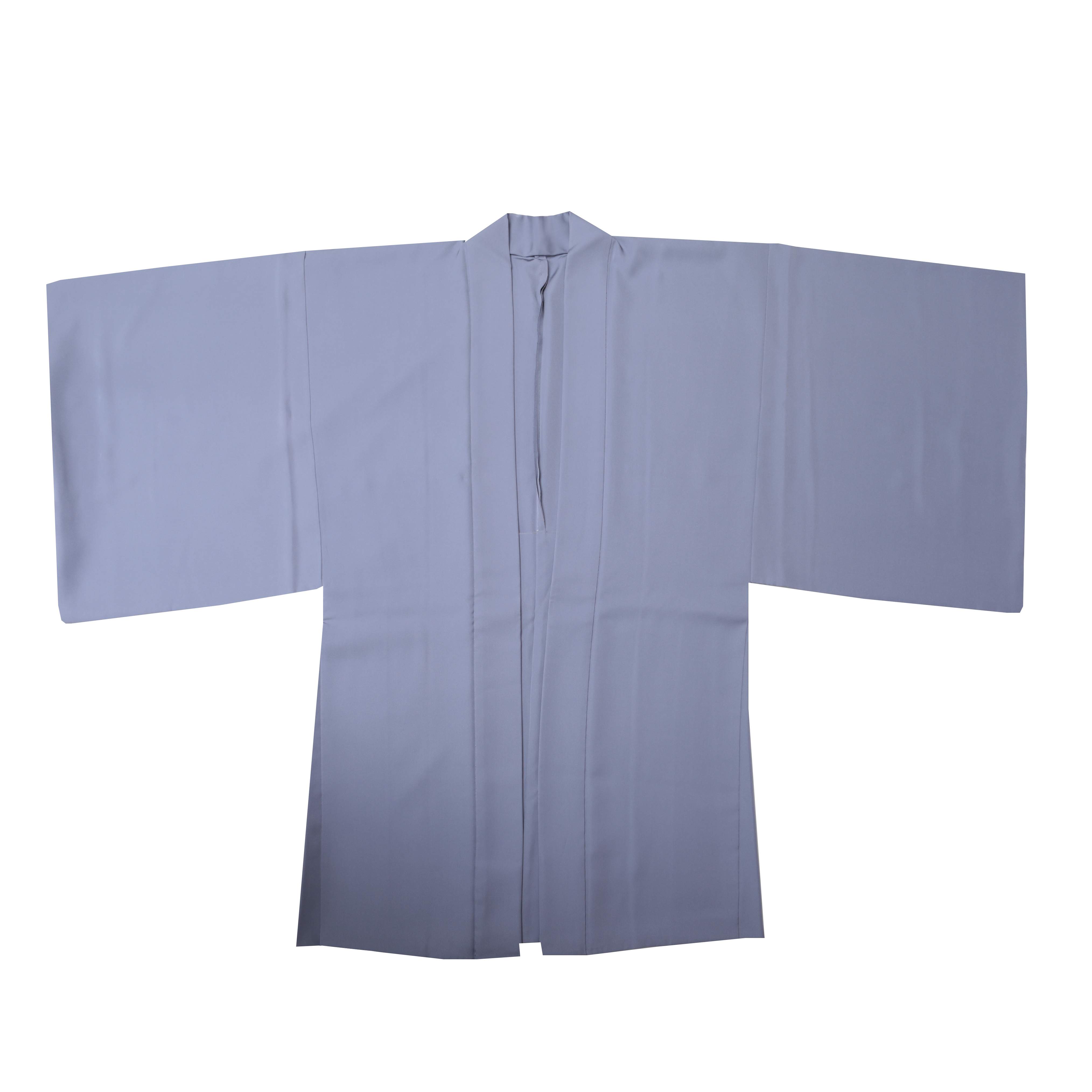 羽織・コート
羽織・コート
 額裏
額裏
 肌着
肌着
 履物
履物
 紋付
紋付
 書籍
書籍